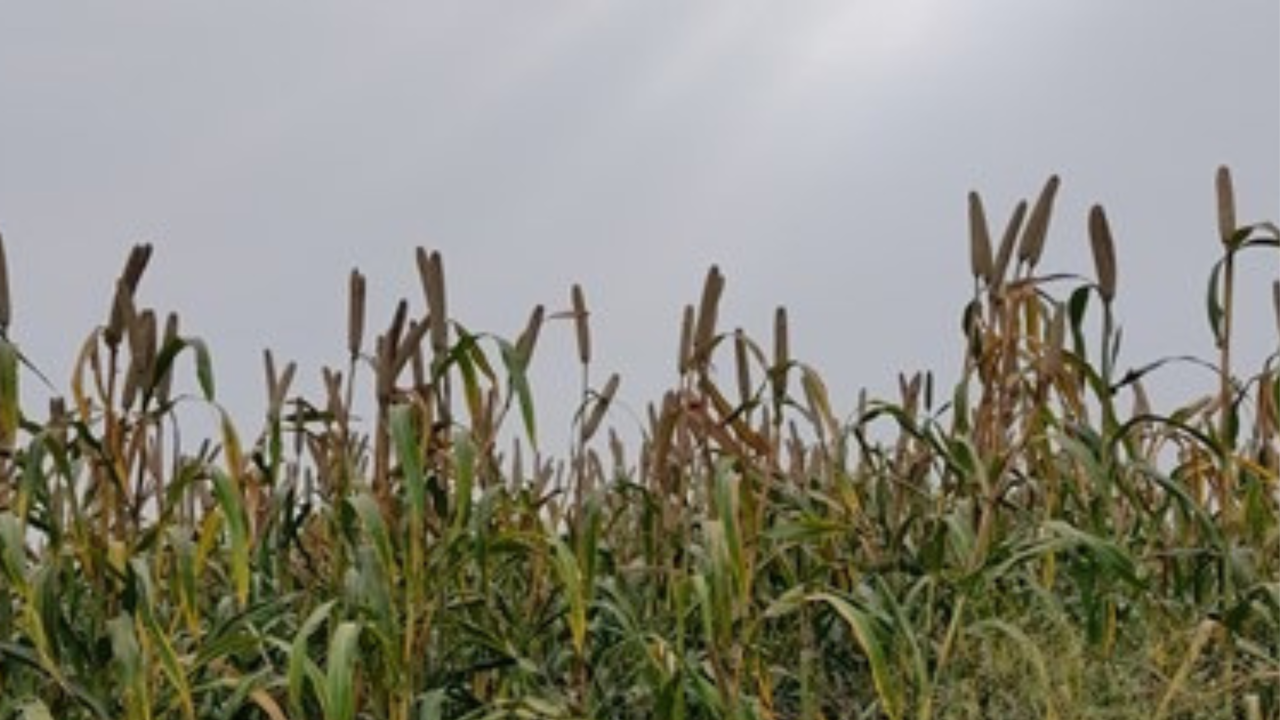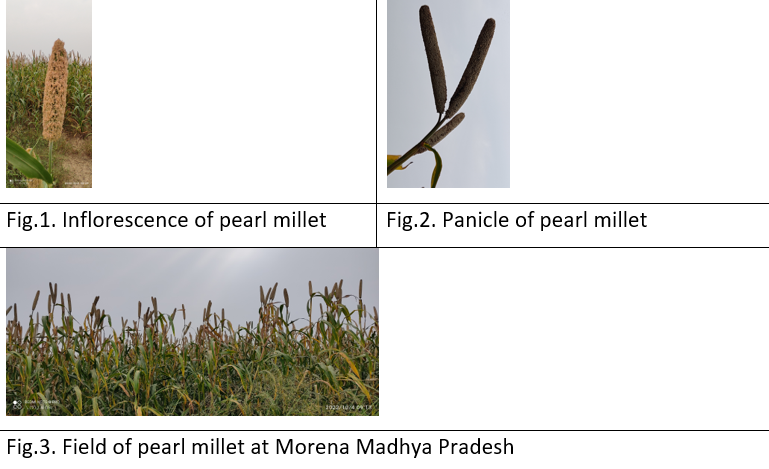
Millet is deeply rooted in the culture, history, and agricultural practices of Indian agriculture. In addition to providing nutrition and supporting smallholders, they are proven to be good for biodiversity conservation, preserving cultural heritage, and promoting sustainable farming. Notably, the United Nations General Assembly (UNGA) recognized 2023 as the International Year of Millets, based on India's request. So, the history of millets in India is extensive and interesting. In fact, since ancient civilizations, they have been grown and eaten in the Indian subcontinent.
According to average data, millet output has decreased during the last 58 years in most countries of the world, especially in Africa. In the 1980s, millet production in India was at its highest but has since declined due to a significant decrease in cultivation.
Pearl millet is set to dominate, here is why
Botanically, Pearl millet (Pennisetum glaucum L.) (2n =14) is a tall, annual grass of the Poaceae family. The panicles of pearl millet can grow as long as 40 centimeters (16 inches) and are cylindrical or club-shaped. Pearl millet flowers are wind-pollinated and normally have both male and female reproductive parts Fig.1. The mature seeds, which comprise the plant's edible portion, are tiny, spherical, and generally pale yellow or cream-colored Fig.2. Pearl millet is not only valued for its nutritional qualities but also for its resilience and ability to grow in challenging environments.
It is cultivated on more than 9.3 million hectares, with a current grain yield of 9.5 million tonnes and a productivity of 1044 kg/ha. It is the sixth most important crop in terms of area and output and has the best drought tolerance capacity of all millets. After rice and wheat, pearl millet is India's most extensively cultivated crop. The grains of pearl millet are used as feed for poultry and other livestock.
Its botany reflects its adaptability to arid conditions, making it an essential crop in many regions around the world. However, for millet producers, there are discouragements due to the poor margins associated with millet production compared to other crops. According to the analysis, the crops' relatively short shelf life raises storage-related issues and increases the danger of deterioration.

Reasons behind pearl millet’s underappreciation
There might be several reasons why pearl millet is not as popular as other crops these days. Here are a couple of factors that may indicate the lower popularity and desire for pearl millet such as the cultural shift towards more refined grains such as rice and wheat, lack of knowledge about its nutritional value, flour, or processed food not freely accessible in marketplaces or advertised properly and the cooking methods and some people may dislike the flavor or texture of pearl millet.
The case for reviving wild millet relatives
Wild cousins of pearl millet have a wide variety of genetic traits that cultivated pearl millets may not have. Breeders can add features that boost the crop's resilience to such abiotic challenges by crossbreeding with their wild cousins.
Table 1. Pearl millet gene pool
|
Genepool |
Species |
|
Primary genepool |
P. glaucum ssp. glaucum (2n=2x=14; AA genome) |
|
P. glaucum ssp. monodii (2n=2x=14; AA genome) P. glaucum ssp. monodii forma violaceum P. glaucum ssp. monodii forma mollissimum |
|
|
P. stenostachyum (2n=2x=14; AA genome) |
|
|
Secondary genepool |
P. purpureum (2n=4x=28; A’A’BB genome) |
|
P. squamulatum (2n=8x=56) |
|
|
Tertiary genepool |
Remaining Pennisetum species |
Moreover, the wild relatives of pearl millet hold great potential for improving it, but there are certainly both possibilities and challenges to consider. Using wild relatives for improving pearl millet is vast, ranging from genetic diversity to novel traits. By harnessing the genetic diversity present in wild relatives such as tolerance to pests, illnesses, or environmental challenges, greater disease resistance and climatic adaptation can help in the development of pearl millet varieties more resilient, productive, and adaptable to the ever-changing agricultural landscape. To achieve sustainable development and meet the challenges of attaining food security requirements, it is necessary to conserve plant genetic resources.













Share your comments